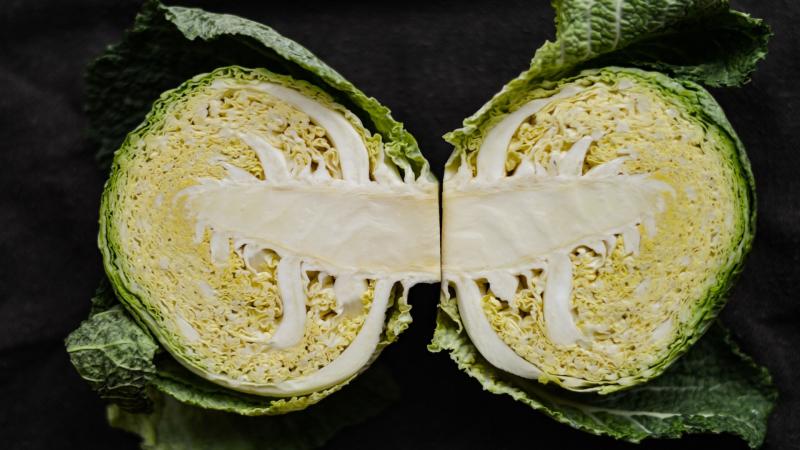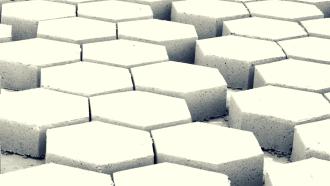
Researchers suggest an experiment to understand when and how cloning can happen in nature.
From photocopying documents to making multiple copies of a file on a computer, we clone objects all the time. Our experiments with cloning have not spared nature too, as we have created cloned animals. The process of cloning has intrigued researchers for a long time, as making exact copies is not too easy and physics has quantum laws that prohibit cloning.
The quantum uncertainty principle is one such law that makes cloning of extremely tiny objects, like electrons, impossible. Bigger objects like books, however, follow classical laws and can be copied. Physicists call cloning of these larger objects as ‘classical cloning’. This process is not perfect as it involves some noise. And as classical objects get more complicated, perfect cloning becomes impractical.
In a recent study, researchers at the Raman Research Institute, Bengaluru, have tried to explain the math behind classical cloning. The study analysed when classical cloning could make perfect copies and suggested an experiment to verify the proposed theory. The findings of the study were published in the journal Physical Letters A.
Previous studies have reported a ‘classical no-cloning rule’ that forbids perfect cloning of ‘non-pure’ classical objects. These objects are very noisy as they interact with their surroundings. For instance, a DNA molecule is non-pure as it is constantly jiggling around because of thermal noise, and its clones could have some genetic variations. The no-cloning rule, however, spares ‘pure’ classical objects like books that are not so noisy. The current study has developed the necessary mathematical constructs and experimental ideas needed to test this rule in a laboratory.
In any cloning process, there are three critical objects involved—a ‘source’ to be copied, a ‘target’ to copy on and a ‘machine’ to copy with. One could think of a photocopier, which is a ‘machine’ that copies a document (source) onto a paper (target). Drawing from an earlier study, the researchers of this study constructed specific mathematical functions called ‘symplectic maps’ to describe the cloning process. But unlike before, they used these symplectic maps to explain some concrete real-world examples.
Symplectic maps are special math functions because they comply with the laws of nature.
“These maps, also known as canonical transformations in physics, are consistent with Newton's laws of motion,” elaborates Prof. Supurna Sinha, an author of the study.
Since classical cloning deals with classical objects, Newton’s laws of motion are useful to explain how they behave.
The researchers also propose a laboratory experiment to verify the proposed mathematics. It involves two ‘pump’ light beams focussed on a crystal, which together represent the ‘machine’. Light rays do not interact with each other normally. However, in some crystals and liquids, they can be made to interact under certain conditions. The pump beams are needed to meet those conditions. When a third ‘source’ light beam is shined on the crystal in a particular direction, it produces two output light beams—a ‘clone’ and an ‘anti-clone’.
“Our experiment is the simplest realisation of a photocopy machine. Given a beam of light (the ‘source’) in any state, it will produce a copy of that state,” explains Dr Anirudh Reddy, an author of the study.
The clone thus generated is the copy of the source beam. At the same time, the anti-clone is an inevitable by-product of every cloning process.
If the light beams used in the experiment are not corrupted by noise, they would be pure classical objects. The no-cloning rule would then allow for a perfect clone. The experimental results would correspond to the predictions of the symplectic maps. But, if noise is present in the light beams, they would become non-pure classical objects. And consequently, the source beam and its clone would both have noise.
“The no-cloning rule in the classical world implies that there are no perfect photocopy machines in the presence of thermal noise,” says Dr Joseph Samuel, also an author of the study.
Since noise is unavoidable, every clone is always imperfect.
This study has used symplectic maps to explain classical cloning without assuming any details about the object to be copied or the machine used. Establishing this math is vital to understand fundamental laws of nature and answer questions like why can’t we make perfect clones. Experiments, on the other hand, have always been essential to test theoretical predictions.
“For a start, we would love to see the experiment done,” says Prof Sinha, on the future direction of the study.
This article has been run past the researchers, whose work is covered, to ensure accuracy.






